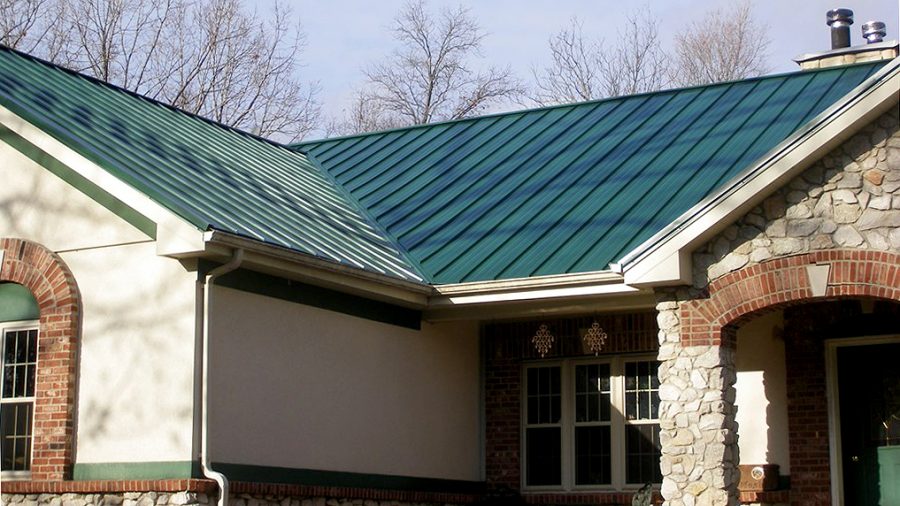Whether it is a new house or the existing one, you make sure to have the coziest architecture. From the window to wall, you want every single part of your home to be perfectly designed.
One of such part that demands high precision is roofing. You need to give importance to numerous factors such as the height of the roof, the type of material to be selected for it, proper installation of insulation system etc. The smallest negligence may lead you to a big catastrophe. Hence, you must take the opinion of your residential roofing service provider before taking any decision.

One such essential factor to be considered is the attic ventilation. There are myriads of myths prevailing believing them may lead you to trouble in the long-run. To help you avoid the same, here are some myths and facts of attic ventilation you must know before installing the same.
1) The More Ventilation, The Better It Is For The House: The way your air-conditioning panel and furnace needs precise sizing for appropriate functioning, the ventilation size is also of a vital importance. It has to be made in accordance with the height and space of attic. Where an insufficient ventilation can lead you to moisture problems during winter and decreased energy efficiency during summer, the abundant ventilation can be even worse.
The vents create roof penetration that exposes the very area from where leaks can occur. Although it does not mean vents should not be installed, the supererogatory vents should be prevented as that can cause roof damage.
Additionally, more amount of vents can severely harm you at the time of hurricane or wildfire as the air and sparks have high chances to enter the roof through many ventilators. Cutting the long story short, one can conclude that you should only have the requisite number of vents that your roofer suggests you.
2) Vents Are For Summer: We often meet people who believe that the basic job of ventilation is to provide energy efficiency in summer. Nonetheless, vents are not the only way to bring in energy efficiency. The color of shingles, sun exposure, and insulation are more significant for the energy efficiency in the summer than the ventilation.
Additionally, the prevention of moisture damage is a bigger advantage of ventilation for the colder climate than the warmer one. The attic ventilation benefits in the winter more than summer. Hence, the myth that vents are created for summer is not fully correct.
3) It Removes The Warm Air During Winter: There is a belief that the vents release the warm air during the winter and lowers the inner temperature. But in reality, it cannot happen unless you have faulty insulation system.
In the sunny days of winter, the attic space stays warmth by the sunlight itself than by the furnace. If the roofing has an insulation system but is not facilitated with the ventilation, there are all the chances that furnace would not heat the attic. Besides, the improper insulation allows the moisture-laden air to enter the attic which ultimately equals the room temperature with the outer temperature.
Hence, it is quite understood that it’s not the ventilation but the inadequate insulation system that’s responsible for the lower temperature.
4) Any Ventilation Is A Good Ventilation: Though you don’t follow the above myths and believe in having ventilation, it won’t suffice if you opt for any random ventilation without considering the suitability and the appropriateness of the same for your house. You have to consider the following factors to get the best results of the ventilation.
- The size of vent in accordance with your attic
- At which part of the roof should it be placed
- The type of ventilation that gives the maximum benefits
You should always make sure to consult an experienced and certified roofer like southshoreroofingma.com who would provide you with an expert advice to help you get the best roofing design for your house.
With this means, we believe you don’t hold anymore suspicion related to the ventilation system. Unquestionably, vents are a must for a stable temperature and energy efficiency of the house.
